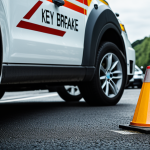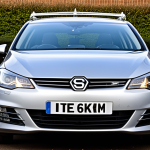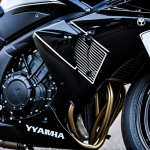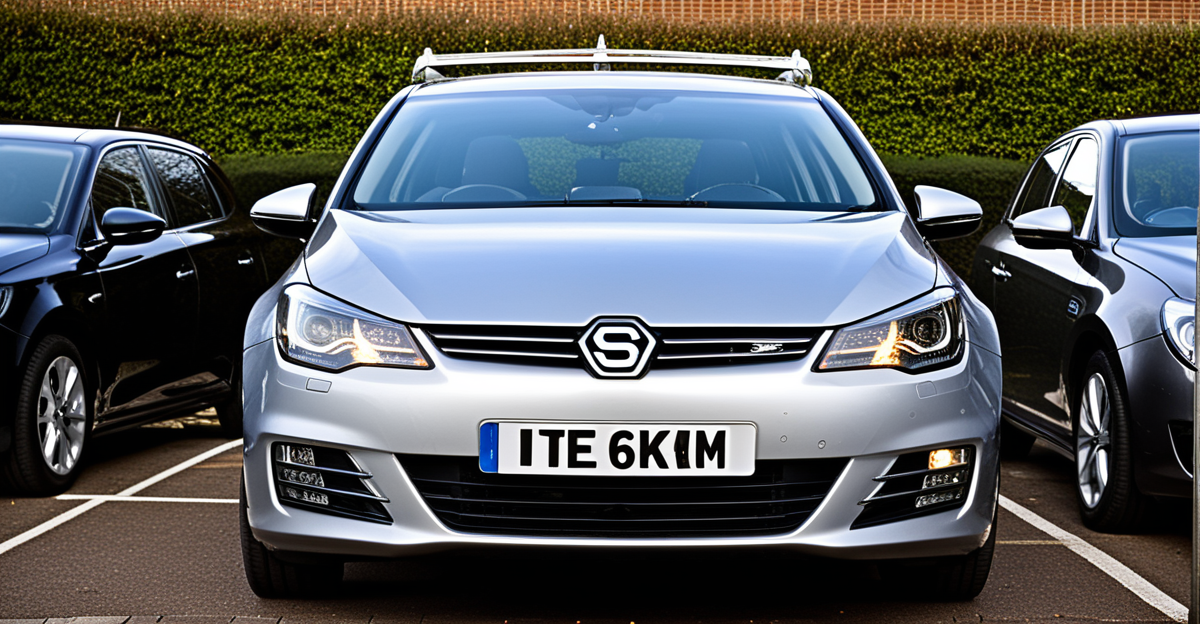Essential Preparation for Parking Sensor Installation
Preparing effectively for parking sensor installation prep is crucial to ensure a smooth, safe, and functional setup. First, thoroughly assess your vehicle for UK vehicle compatibility. Compatibility varies by model, so check manufacturer specifications or consult trusted UK vehicle databases. This step prevents purchasing incompatible sensors and avoids installation complications.
Next, select and source the right parking sensor tools designed specifically for your UK vehicle model. Sensors differ in size, range, and connectivity options. Choosing sensors tailor-made for UK cars enhances integration with existing vehicle systems and guarantees reliable performance.
Also to discover : Discover Cutting-Edge Anti-Theft Innovations Revolutionizing the UK Automotive Industry
Ensure you have the essential tools ready: a drill with appropriate bits, wiring connectors, a multimeter for electrical testing, and cable ties for tidy installation. Don’t overlook safety gear such as gloves and eye protection, vital for preventing injuries during drilling and wiring.
By combining knowledge of your vehicle’s compatibility, selecting proper sensors, and assembling the right tools, you lay the groundwork for an efficient, hassle-free installation. This prep phase minimizes errors and saves time during the actual parking sensor installation process, ultimately guaranteeing better sensor performance and longevity tailored to the UK driving environment.
Also to see : Ultimate Guide to Waterproofing Your British Off-Road Vehicle’s Electrical System Against Moisture Damage
Step-by-Step Installation Process for Parking Sensors
The parking sensor installation guide begins with identifying optimal sensor placement on your UK vehicle. Typically, sensors are mounted evenly across the rear bumper, ensuring unobstructed detection zones. For some UK models, front sensor installation may also be required, especially in compact cars where parking space is tight. Precise marking before drilling prevents misalignment.
When mounting, use the provided drilling templates from your sensor kit. Drilling must be steady, avoiding damage to internal components. After mounting, the vehicle-specific setup demands wiring connections to the car’s reverse light circuit. This enables sensors to activate only when reversing, conserving battery and preventing false alerts.
Integration into the vehicle’s electronics requires careful routing of wires through the chassis, typically via existing grommets to keep cables secure and protected from moisture. Remember to double-check all connections with a multimeter to ensure correct voltage and continuity before finalizing the installation.
Different UK vehicle models have unique electrical configurations. For instance, some newer cars feature CAN bus systems, requiring compatible sensors and potentially an interface module to communicate accurately. Following the step-by-step installation process tailored for your UK vehicle ensures seamless functionality and longevity of your parking sensor system.
Essential Preparation for Parking Sensor Installation
Proper parking sensor installation prep begins with verifying your vehicle’s specifications to ensure UK vehicle compatibility. Not all sensor models fit every vehicle; thus, cross-referencing your car’s make, model, and year with sensor requirements is essential. This prevents sensor malfunctions and installation setbacks.
When selecting parking sensor tools, prioritize those designed for UK vehicles, as these kits often include components compatible with local wiring standards and environmental conditions. Essential parking sensor tools include a precision drill for creating sensor mounting holes without damaging bumpers, wiring connectors suitable for UK electrical systems, and a multimeter to test continuity and voltage. Acquiring tailored tools reduces installation errors and enhances system durability.
Additionally, assembling safety gear—like gloves and eye protection—should not be overlooked. Drilling and wiring can pose risks, and proper equipment ensures a safe work environment. Planning your installation by confirming tool readiness and compatibility helps streamline the process while guaranteeing optimal sensor function tailored to UK driving conditions.
Essential Preparation for Parking Sensor Installation
Before beginning any parking sensor installation prep, thoroughly assess your vehicle’s compatibility within the UK vehicle compatibility framework. Compatibility hinges on vehicle make, model, and year, as sensors must align with specific electrical systems and physical dimensions common to UK cars. For example, vehicles with CAN bus systems require sensors capable of communicating seamlessly with their advanced network.
Selecting the right parking sensor tools is pivotal. Ensure your chosen sensor kit matches your vehicle’s specifications to avoid installation pitfalls. Essential tools include a precision drill to create clean mounting holes and a reliable multimeter to verify electrical connections. Additionally, you’ll need wiring connectors appropriate for UK wiring standards to maintain system integrity and prevent faults.
Safety equipment is equally important. Gloves and eye protection safeguard against accidents during drilling and wiring. Having the correct tools and safety gear readily available minimizes risks and installation delays, fostering a smooth and effective setup tailored specifically for UK vehicles. Prioritize these steps during your parking sensor installation prep to ensure a reliable, long-lasting sensor system.
Essential Preparation for Parking Sensor Installation
Assessing UK vehicle compatibility is the foundation of effective parking sensor installation prep. Vehicles differ widely across the UK market, with distinct wiring systems, bumper designs, and sensor requirements. For example, cars equipped with CAN bus systems demand sensors that can interface correctly, avoiding communication errors. Always verify sensor compatibility against your car’s make, model, and year to ensure seamless integration.
Selecting the right parking sensor tools designed specifically for UK vehicles optimizes installation quality and durability. Essential tools include a precision drill to create accurate mounting holes without damaging the bumper, wiring connectors compatible with UK electrical standards, and a multimeter for verifying electrical continuity and voltage. These tools address UK-specific wiring challenges and help prevent electrical faults.
Assembling proper safety equipment is critical. Protective gloves and eye protection shield you during drilling and wiring, reducing injury risks. Thorough preparation not only simplifies the installation process but also guarantees a reliable, long-lasting sensor system tailored to UK driving conditions. Prioritizing these steps in your parking sensor installation prep enhances both performance and safety.
Essential Preparation for Parking Sensor Installation
Successfully completing parking sensor installation prep starts with a thorough understanding of your vehicle’s UK vehicle compatibility. To assess this, check if your car’s make, model, and year align with the sensor’s specifications, focusing especially on electrical systems like CAN bus integration common in newer UK vehicles. This ensures effective communication between sensors and your car’s onboard systems, preventing malfunctions.
Selecting the right parking sensor tools tailored for UK vehicles is equally critical. Sensors designed for UK models consider local vehicle dimensions, wiring standards, and environmental conditions, offering stable performance. Essential items include a precision drill for accurate sensor mounting, wiring connectors compliant with UK electrical codes, and a multimeter to verify circuit integrity.
Additionally, you must assemble proper safety equipment—gloves to protect hands and goggles to shield eyes during drilling. These precautions reduce injury risk and support careful workmanship. Preparing these components ahead of time streamlines the installation process, ensuring both safety and precision. Proper parking sensor installation prep with compatible UK sensors and tools ultimately delivers a reliable, durable system aligned with local driving conditions.











